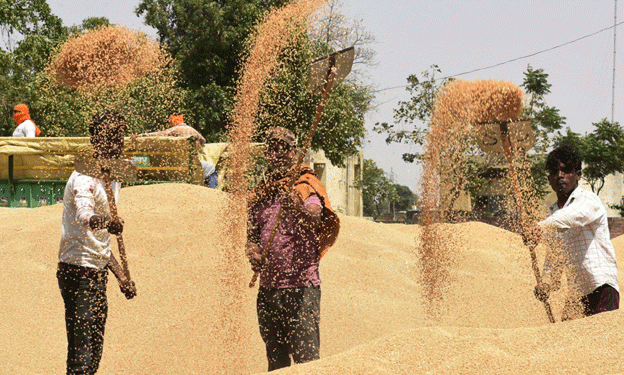As of July 26, 2024, the area under rice cultivation is approximately 2.1597 million hectares, a decrease of 42,000 hectares compared to the previous year. This decline reflects a broader trend of reduced focus on traditional crops such as rice and cotton. The total rice-growing area in the country remains substantial at 4.01 million hectares, but the trend indicates a shift in agricultural priorities.
Conversely, the sowing of major oilseeds has increased significantly. Soybean cultivation has reached 1.2173 million hectares, an increase of 473,000 hectares compared to last year. This uptick in soybean planting aligns with the rising demand for oilseeds and their potential profitability.
In general, the pace of sowing and planting for Kharif crops has accelerated, covering approximately 74% of the total area. As of July 26, the total area covered by Kharif crops stands at 8.1187 million hectares, up from 7.9363 million hectares during the same period last year, representing an increase of 1.824 million hectares.
Increased Focus on Pulses and Coarse Cereals
The area sown with pulses has also increased, with a significant 1.262 million hectares more than last year. As of the end of July, pulses have been sown in 1.0203 million hectares. The area under pigeon peas (Arhar) has expanded by 980,000 hectares, now covering 3.853 million hectares. Similarly, mung bean cultivation has increased by 336,000 hectares, reaching 3.037 million hectares.
Coarse cereals have seen a notable rise in cultivation. The area under coarse cereals has grown to 1.531 million hectares, up from 1.4576 million hectares last year. This increase is partly driven by higher sowing of jowar and maize. Jowar has been sown in 1.210 million hectares, an increase of 152,000 hectares, while maize cultivation has reached 7.880 million hectares, surpassing the average area of 7.696 million hectares from previous seasons.
Decreased Cotton Area and Other Observations
On the other hand, the area under cotton cultivation has decreased by 781,000 hectares, totaling 10.573 million hectares compared to 11.354 million hectares last year. This reduction aligns with the overall decrease in traditional crop areas. Similarly, the area under jute has decreased slightly to 569,000 hectares.
The 2024 Kharif season highlights a strategic shift in crop cultivation in India. While traditional crops like rice and cotton are seeing reduced areas, pulses, oilseeds, and coarse cereals are experiencing growth. This shift offers opportunities for farmers to diversify their crops and potentially improve their profitability. The increase in sowing of pulses and coarse cereals, coupled with government support and changing market demands, indicates a positive trend towards more sustainable and profitable farming practices.
Error




